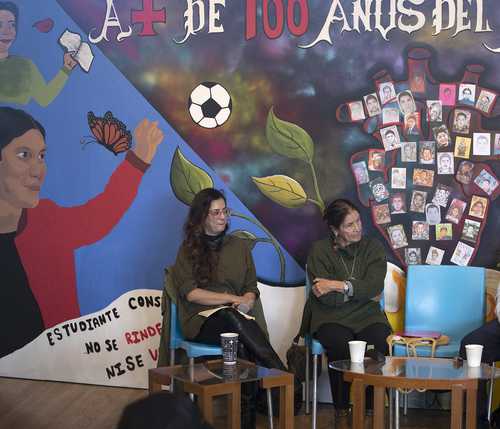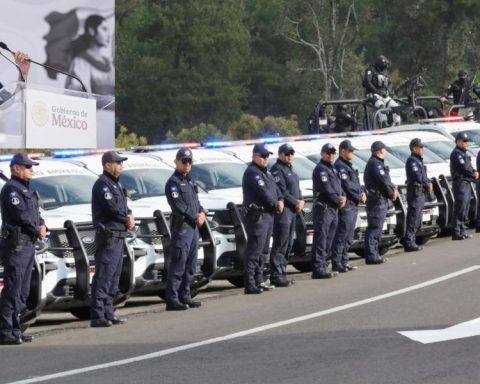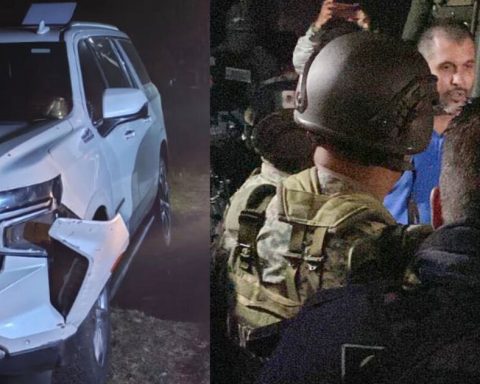▲ Anthropologists Carolina Díaz and Alicia Castellanos during the conference.Photo María Luisa Severiano
Jessica Xanthomila
La Jornada Newspaper
Sunday, September 29, 2024, p. 7
In the context of the activities to commemorate the student massacre of October 2, 1968, anthropologists Alicia Castellanos and Carolina Díaz, as well as Luis Hernández, coordinator of Opinión de The Daypresented the book Critical internationalism and struggles for lifecoordinated by Francisco de Parres, at the Tlaltelolco University Cultural Center.
In this historic site, they highlighted that the work is inspired by the last journey made by the Zapatista Army of National Liberation (EZLN) together with the National Indigenous Congress. 500 years after the so-called conquest of America
in 2021, when they traveled by boat to Europe. To achieve the dream of building a more just and fraternal world
De Parres recalled.
The anthropologist Castellanos, a survivor of ’68, explained that the themes presented in the work on historical, critical and contemporary internationalism, full of heroic and glorious struggles
as well as the strategic participation of women in revolutionary processes and anti-fascist combats, among others, show the immense capacity of the human being to confront all forms of domination and build alternatives for a dignified life
.
He indicated that in the face of the global crisis, today’s dreams are the same as yesterday’s: autonomy, anti-colonial struggle, equality of all human beings, socialism, democracy, anti-fascism, anti-capitalism, anti-patriarchy
among others, which are carried out by old and new social subjects, and among which stand out Zapatista autonomy and the Democratic Confederation of the Kurdish People, as well as other global struggles that open spaces for study and articulation
.
The researcher took the opportunity to highlight that 56 years after the massacre of students who were demonstrating in Tlatelolco, and 10 years after the forced disappearance of the 43 normal students from Ayotzinapa, both State crimes and crimes against humanity
They continue in impunity.
Hernández pointed out that Ayotzinapa “is not only in the universal museum of infamy, but also in the museum of resistance. A resistance that goes beyond that small school because it has gone around the entire world. We have seen expressions of solidarity from Umberto Eco, from Noam Chomsky, great intellectuals who give us hope in what is the name of the book (which is presented), The struggles for life”.
He highlighted that the generating matrix of old and new internationalism is the idea of brotherhood: all men are brothers
. This one, he said, runs through the entire book, and feeds and branches the concept of internationalism
.
De Parres pointed out that the work, which includes texts by Castellanos, Hernández, Carolina Díaz, Gilberto López y Rivas, Raúl Zibechi, among others, can be consulted on the Internet.















